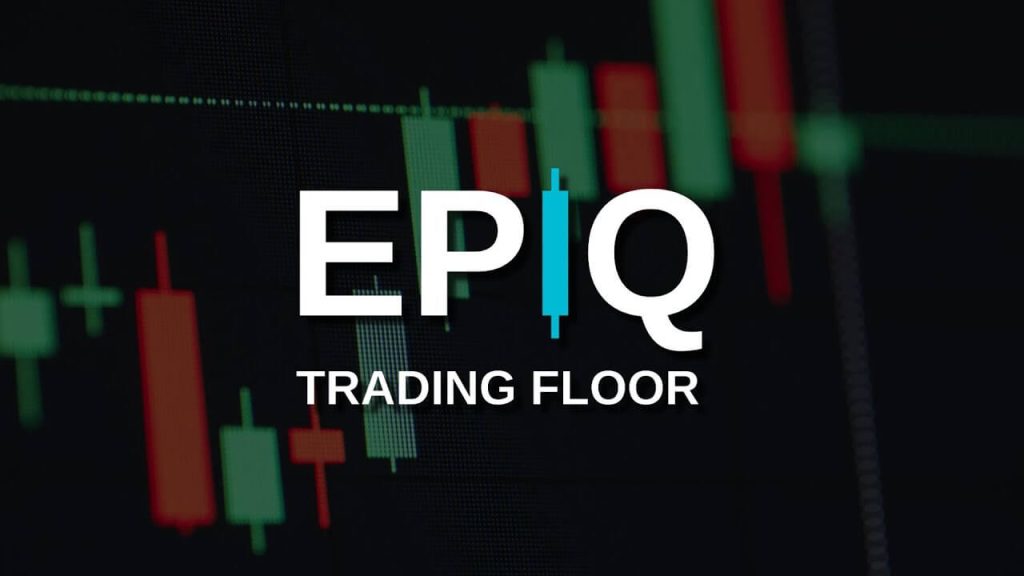Liquidity is one of the most crucial factors in any financial market, and the cryptocurrency space is no exception. It plays a pivotal role in determining the ease and efficiency of trading, affecting everything from price stability to market dynamics. For both novice and experienced traders, understanding liquidity is essential for making informed decisions and optimizing trading strategies.
In this blog, we’ll explore what liquidity means in crypto markets, why it matters, and how you can assess liquidity to improve your trading outcomes. We’ll also highlight tools like the EPIQ Crypto Macro Dashboard to enhance your trading experience.
What is Liquidity in Crypto Markets?
Liquidity refers to how easily an asset can be bought or sold in the market without significantly impacting its price. A highly liquid market means there are numerous buyers and sellers, leading to smoother transactions and minimal price fluctuations. Conversely, low liquidity markets are characterized by less trading activity, resulting in higher volatility and slippage.
Why Liquidity Matters in Crypto Markets
1. Price Stability
High liquidity helps stabilize prices by reducing large swings caused by individual trades. Markets with low liquidity are more prone to extreme volatility, making them riskier for investors and traders.
2. Lower Transaction Costs
In liquid markets, tighter bid-ask spreads lead to reduced transaction costs. This is especially important for active traders who frequently enter and exit positions.
3. Faster Order Execution
Liquidity ensures that buy and sell orders are executed quickly without significant delays, which is crucial in the fast-paced world of crypto trading.
4. Risk Management
High liquidity allows traders to exit positions quickly during market downturns, minimizing potential losses. Low liquidity, on the other hand, may trap investors in unfavorable positions.
5. Attractiveness to Investors
Projects with high liquidity are often seen as more reliable and trustworthy, attracting more investors and contributing to long-term growth.

Factors Affecting Liquidity in Crypto Markets
1. Trading Volume
High trading volume typically indicates better liquidity, as more participants are actively buying and selling the asset.
2. Exchange Listings
The number of exchanges where a cryptocurrency is listed plays a significant role in its liquidity. Assets listed on major platforms like Binance and Coinbase generally have higher liquidity.
3. Market Depth
Market depth refers to the volume of buy and sell orders at various price levels. A deep market signifies higher liquidity, enabling large transactions without drastic price changes.
4. Time of Day
Crypto markets operate 24/7, but liquidity can vary depending on the time and the active regions. Liquidity often peaks during overlapping trading hours in major financial hubs.
5. Use Case and Adoption
Cryptocurrencies with strong use cases and widespread adoption tend to attract more participants, enhancing liquidity.
How to Assess Liquidity in Crypto Markets
1. Analyze Trading Volume
Check the daily trading volume of a cryptocurrency on platforms like CoinMarketCap or EPIQ Trading Floor to gauge market activity.
2. Examine Bid-Ask Spreads
Narrow spreads indicate high liquidity, while wider spreads suggest lower liquidity.
3. Review Market Depth
Look at the order book on your exchange to evaluate how much liquidity is available at different price levels.
4. Use Liquidity Metrics
Some platforms provide liquidity scores or metrics to help traders assess market conditions more easily.

How Liquidity Impacts Your Trading Strategy
1. Day Trading
Day traders rely on high liquidity to execute multiple trades quickly and efficiently. Look for assets with tight spreads and consistent trading volume.
2. Long-Term Investing
Investors should prioritize assets with strong liquidity to ensure they can easily exit their positions when needed.
3. Arbitrage Opportunities
Liquidity is critical for arbitrage traders who exploit price differences across exchanges. High liquidity ensures faster execution and minimal slippage.
Tools to Enhance Your Liquidity Analysis
1. EPIQ Crypto Macro Dashboard
The EPIQ Crypto Macro Dashboard provides:
- Real-time data on trading volume and market depth.
- Advanced analytics to monitor liquidity trends across multiple exchanges.
- Insights into emerging market opportunities.
2. Secure Wallets
Protect your assets with hardware wallets like Ledger, ensuring your investments remain safe while you monitor market conditions.
3. Liquidity Pools
Explore decentralized exchanges (DEXs) that use liquidity pools, such as Uniswap or SushiSwap, to understand how they impact market dynamics.

How EPIQ Trading Floor Can Help
Navigating the complexities of liquidity requires reliable tools and insights. At EPIQ Trading Floor, we provide:
- Comprehensive Market Data: Analyze liquidity and trading volume across major assets.
- Trading Tools: Execute strategies with precision using advanced dashboards.
- Community Support: Learn from experienced traders to refine your approach.
Sign up for a 3-day free trial today and elevate your trading journey with cutting-edge resources.
Conclusion
Liquidity is a cornerstone of successful trading in the crypto market. Understanding its role and knowing how to assess it can help you make more informed decisions, minimize risks, and optimize your strategies.
Enhance your trading experience with the EPIQ Crypto Macro Dashboard and secure your assets with trusted wallets like Ledger. Join the EPIQ Trading Floor today and unlock the tools needed to navigate the crypto market with confidence.
Disclaimer: The information provided in this blog is for educational purposes only and does not constitute financial advice. Cryptocurrency trading involves significant risk, and you should consult with a financial advisor before making investment decisions.










Responses